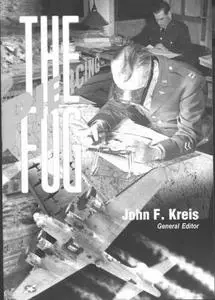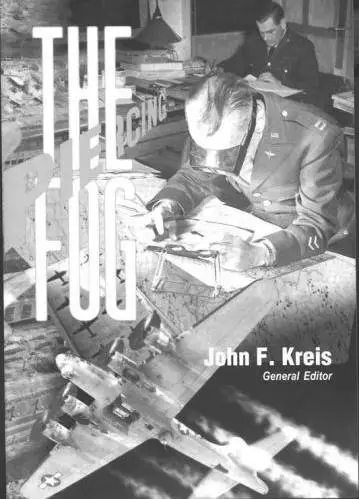Piercing The Fog: Intelligence And Army Air Forces Operations In World War Ii
University Press of the Pacific | 2004-06-30 | ISBN: 1410214389 | 501 pages | PDF | 9,3 MB
It seems that official history prepared by the various US Government branches and departments is highly prone to being ignored by the mainstream press and even the specialist press concerned with these matters may overlook them. Even though the US Government Printing Office is one of the most professional outfits I know of in preparing and presenting manuscripts, its marketing seems to be greatly lacking. Whether this is due to congressional policy or not I have not a clue.
That said, this book deserves a much wider audience than it appears to have gotten. Even as a serving professional intelligencer I never heard of it when it first came out in 1996. I finally discovered it while browsing the GPO site in 1998 and now I am told it is out of print already. Well, that is a shame, for this is the best overview of process, organizational history, and the effects of intelligence use during WW II that I have seen.
Because many of the methods of aerial reconnaissance are the same regardless of service, the methods given herein are just as relevent to the Navy as to the Army. Because the AF was part of the Army in WW II, the interaction of the air intelligence with that of the Military Intelligence Division of the General Staff is covered thoroughly and the development of the two is brought forward from WW I.
The volume is also valuable in that, in contrast to earlier works, it shows how thoroughly SIGINT was integrated into the total intelligence web and was used in such a manner as not to compromise the source. Thus, whenever, a convoy sailed from Italy to North Africa, the Allies were careful to send out a recon aircraft to spoof the targeted vessels.



